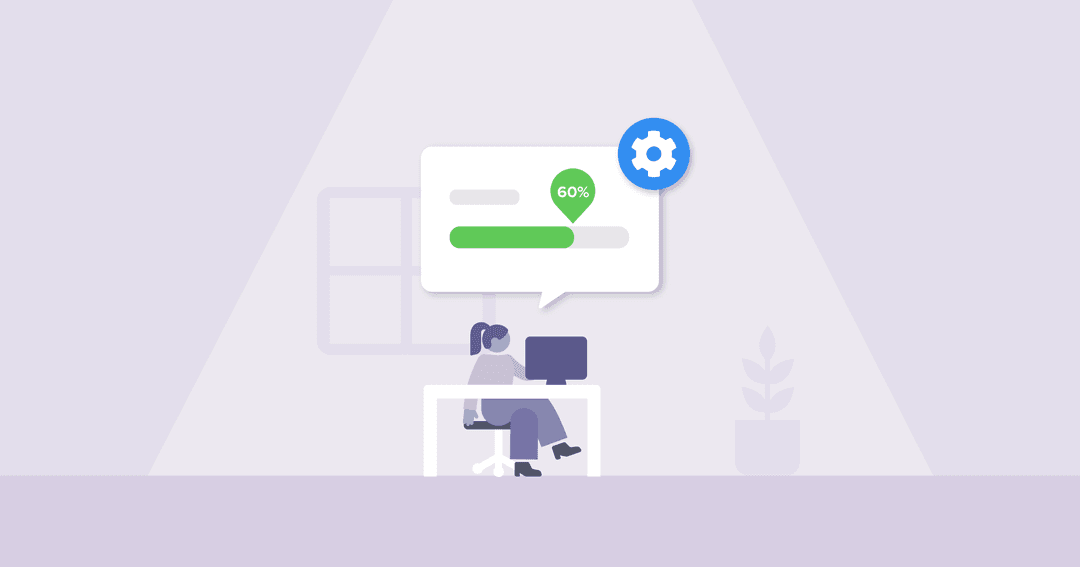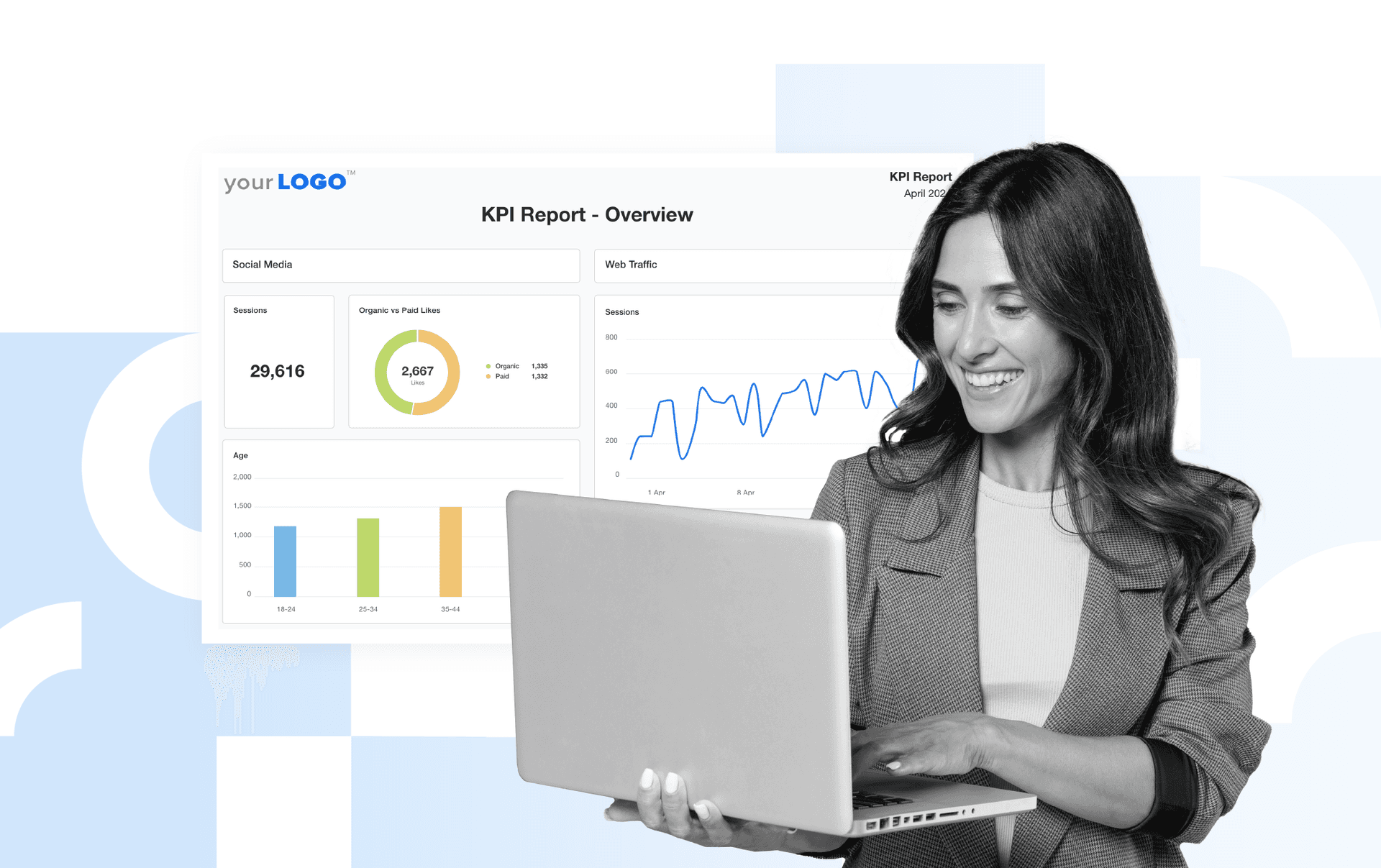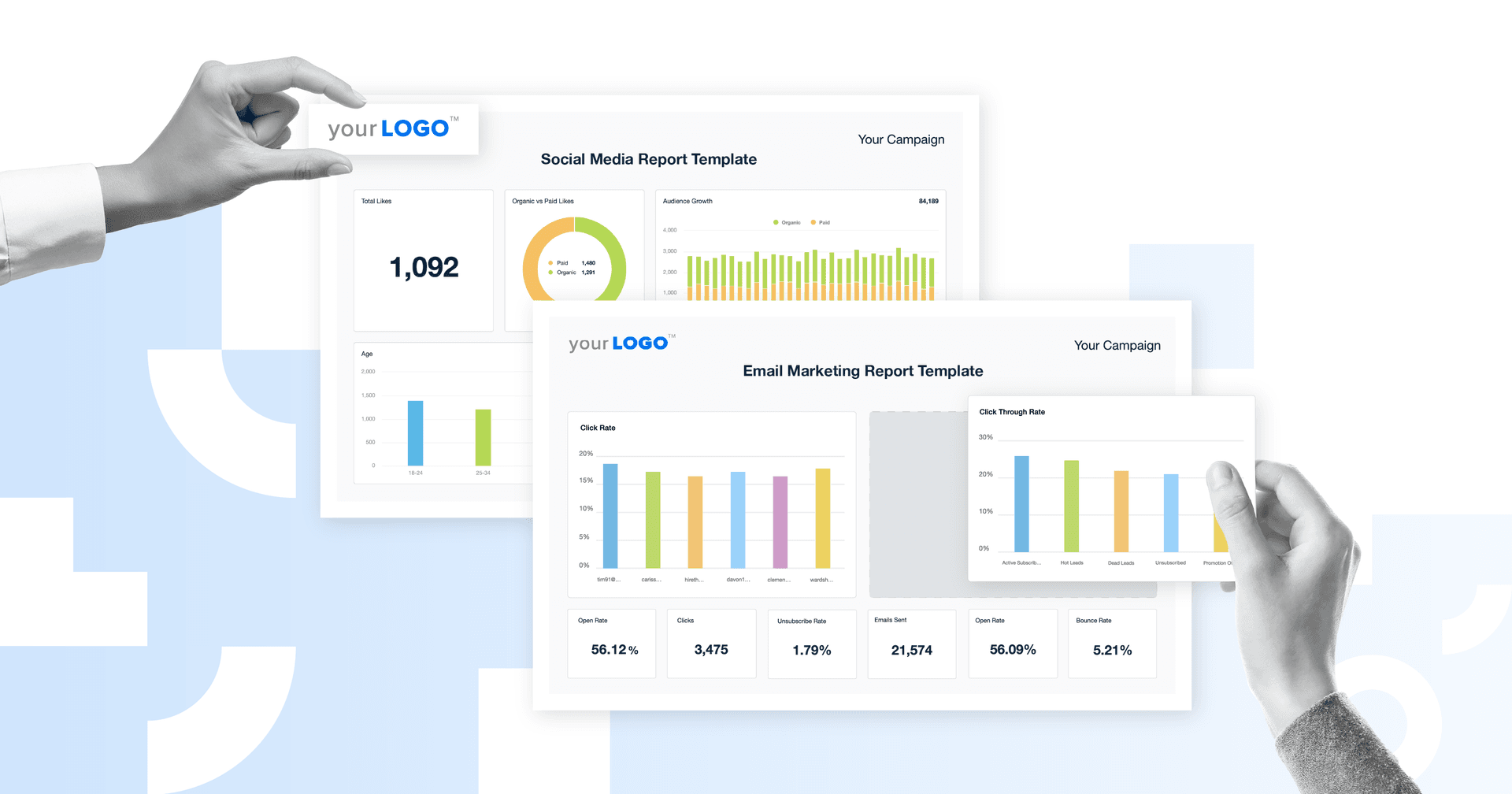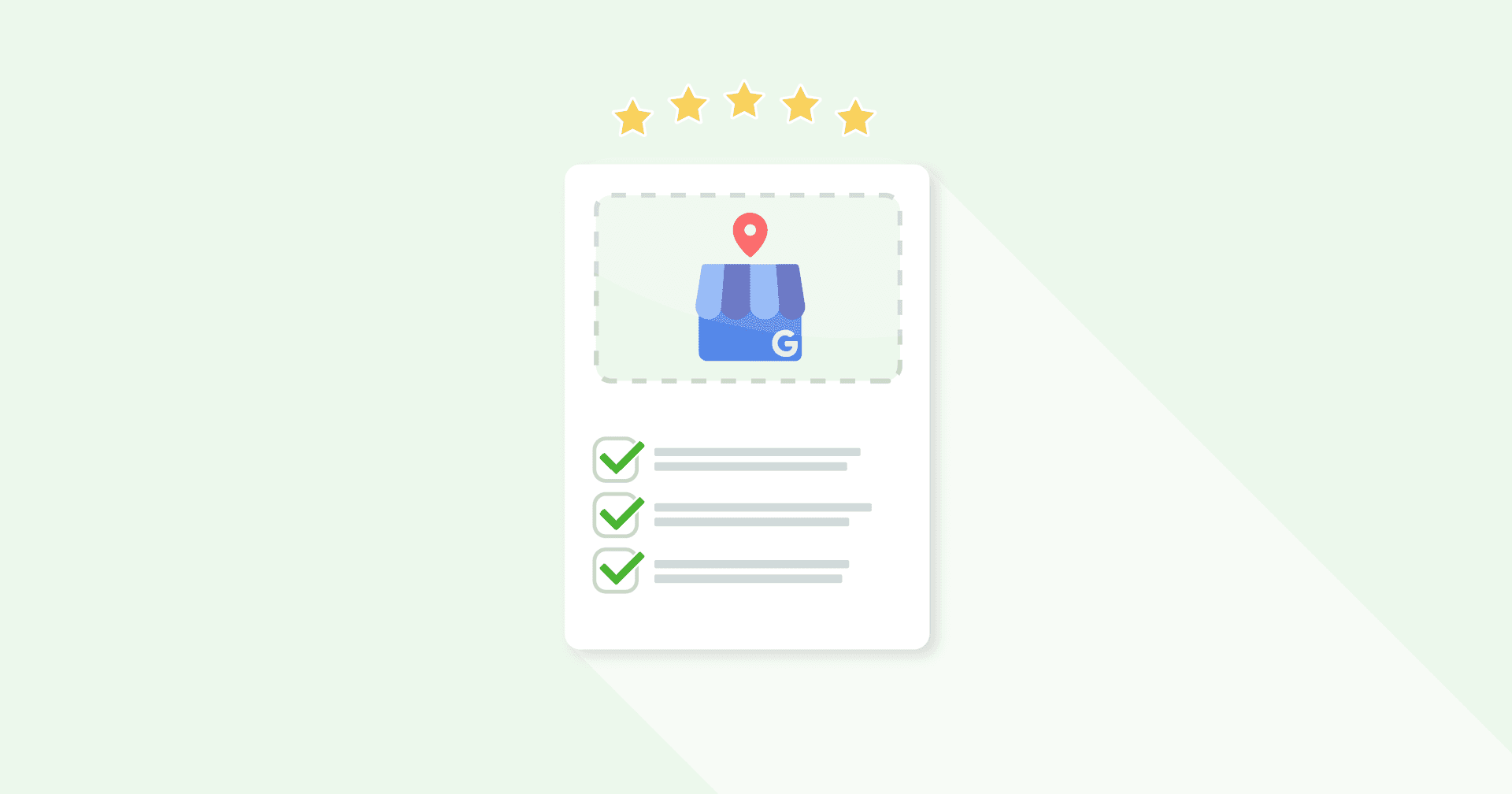Table of Contents
QUICK SUMMARY:
Agency utilization rate measures the ratio of client-facing project hours to total working hours. It’s an important metric that marketing agencies use to assess operational efficiency. It provides insights into how effectively time is allocated across client tasks, highlighting areas for workload adjustment to optimize performance and prevent employee burnout. This guide provides the calculation and strategic use of this metric for agency growth.
As an agency, managing you and your team’s time spent on client-facing tasks can be a challenge. Without careful consideration and monitoring, your employees could be working either too much or too little, and both can have a negative impact on the overall performance and efficiency of your agency.
Tracking your agency utilization rate will help you to monitor the capacity at which your team is running, and allow you to optimize their time spent on client-facing tasks. The capacity utilization rate is critical in calculating optimal billing rates and assessing overall business efficiency, ensuring that you maximize your available hours and avoid losing billable value.
Too little time spent on client-facing assignments could mean that your employees don’t have enough work to do. Too much time means that they can face burnout when it comes to internal-facing tasks, such as administrative, sales, and marketing.
What is Utilization Rate?
Utilization rate refers to the amount of time an employee spends focused on client-facing projects vs. their total contracted working hours. This metric, often referred to as an employee's utilization rate, gives you an overview of the time spent on tasks that actually earn you money.
A very low employee utilization rate at a marketing agency would typically be considered below 50%. This indicates that employees are spending less than half of their working hours on client-facing, revenue-generating activities, which can signal inefficiencies and underutilization of resources.
On the other hand, a utilization rate of 100% isn’t desirable, as that means your employees will need to work more than 100% capacity in order to complete internal tasks required to maintain and grow the agency.
How To Calculate Utilization Rate?
Time-tracking is the key to accurately monitoring your agency’s utilization rate. The utilization rate formula helps measure employee productivity by calculating the ratio of billable hours to available hours. By knowing how many hours an employee is working on client-facing tasks vs. their total contracted hours, you can calculate the percentage of time that they’re spending on revenue-generating tasks.
A successful digital agency will generally report a utilization rate of between 80% and 90%. This range suggests that employees are spending a majority of their time on client-facing, revenue-generating activities while still having enough time for necessary internal tasks, maintaining a healthy balance and ensuring high productivity.
As you can see, even a successful agency doesn’t max out their employees on client-facing work and leaves them with enough bandwidth to focus on internal matters. The capacity utilization rate formula is a helpful too to understand what percentage of hours worked on client projects compares to the total hours spent at the agency.

Why is Agency Utilization Rate Important?
Agency utilization rate is possibly the most important metric to track for your agency as a whole. It gives you a clear picture of wasted time resources, or if your employees are going to hit burnout.
By calculating your agency utilization rate, you can begin to adjust time and money resources more efficiently and focus on the areas that will have the greatest impact on your bottom line. Monitoring and optimizing your utilization rate is also critical for maintaining a healthy profit margin, as it helps in determining appropriate billing rates, optimizing staffing expenses, and balancing utilization rates to ensure profitability.
For example, if you calculate that an employee’s utilization rate is 65%, you can safely assume you have the bandwidth to take on more clients. On the other hand, if an employee’s utilization rate is at 95%, there may be some quality and burnout issues to address.
How Do You Track Agency Utilization Rate?
To track your agency’s utilization rate, it’s important to implement time-tracking when it comes to client-facing activities. If an employee tracks themselves as spending 35 hours a week on client-facing tasks and 5 hours on non-billable tasks, you can calculate their utilization and evaluate whether they’re as efficient as they could be.
A few useful time-tracking tools to consider include:
The Ideal Agency Utilization Rate
Every agency will have different standards for what their most profitable and efficient utilization rate is. A good ballpark, however, is to aim for a utilization rate of between 80-90%. This means your employees spend the majority of their time on revenue-generating activities, yet still have time for other internal tasks. Establishing a good employee utilization rate is key to effective workforce management. It’s important to maintain an optimal balance between billable and non-billable tasks to avoid employee burnout and improve overall productivity.
A few issues that can arise with too high utilization rates include:
Burnout: Employees can quickly reach burnout if they’re spending more than 100% of their time on client-facing work. This can lead to resentment for the work that they’re doing and them requiring more time off in terms of sick days.
Poor Work Quality: Being overworked and overwhelmed with too much work means that projects may not be getting the attention to quality and detail that they require. Working too fast due to the stress of getting everything done leads to mistakes, which in turn can lead to higher client turnover.
Lack of Time: If your employees are working at or over capacity, this leaves them no time to focus on important internal matters such as meetings or your own marketing. It also takes time away from learning and improvement opportunities, meaning you can’t keep pushing the boundaries of the work that you’re putting out.
Low Utilization Rates can also identify issues in your agency:
Too Much Free Time: While we want to get away from the ‘time is money’ mantra, when it comes to working with clients this old saying couldn’t be more true. Clients pay you to do work, and if you have employees only working at 50% capacity, there are opportunities to increase your revenue.
Not Enough Clients: A low utilization rate also means that you don’t have enough clients for the size of your team. While your team might be doing great work, there’s simply not enough for them to do. They can take on more client-facing work, allowing you to run your agency more profitably.
Poor Work Quality: This can also be a way to identify employees who need to increase their quality of work. Sometimes clients will request an employee not to work on their account for any number of reasons. This low utilization rate will give you the insight required to investigate as to why a specific employee has more free time than others.
That being said, not all employees need to have a high agency utilization rate in order to be productive. This method of tracking generally applies to any working primarily on client-facing tasks. Your C-Levels or Directors may have a utilization rate of 0% yet still be highly important to the profitability of the agency.
Top Productivity Killers That Negatively Impact Employee Utilization Rate
Maximizing your team’s efficiency hinges on understanding what’s slowing them down. These productivity killers not only waste time but also affect your agency’s average utilization rate. Here’s a closer look at the main culprits.
Unnecessary Meetings: Frequent, unplanned meetings disrupt workflow and reduce productive hours. Limit meetings to essential discussions and ensure they have a clear agenda.
Email Overload: Constantly checking and responding to emails can fragment your team’s focus. Encourage batch processing of emails at specific times to maintain concentration on client work.
Lack of Clear Priorities: Without a clear roadmap, employees might spend time on less important tasks. Set clear priorities to ensure the team focuses on high-impact projects.
Inadequate Tools: Outdated or inadequate tools slow down work processes. Invest in the right technology to streamline operations and enhance productivity.
Manual Client Reporting: Manually creating reports eats up valuable hours that could be spent on strategic tasks. Automating this process can free up time, reducing overhead costs and boosting the employee utilization rate.
Addressing these challenges head-on can significantly improve employee utilization rates, helping your agency operate more efficiently and effectively.

Automate reports, boost productivity, and optimize employee utilization with custom marketing dashboards that do the heavy data lifting for you. Try AgencyAnalytics free for 14 days!
10 Tips to Improve Employee Utilization Rates
To put your agency utilization rate into action, begin tracking the time your employees spend on client-facing activities for the next month or two. This will help you measure resource utilization, which is key for understanding the effectiveness and efficiency of employee time allocation.
After that, you’ll have some data that you’ll be able to analyze to see where there is room and opportunity for improvement, either by increasing or decreasing your employees’ workload.
#1 Implement Time Tracking Software
Accurate time tracking is the first step to improve your agency’s productivity. Time tracking software helps with utilization tracking and monitoring the hours spent on client-facing activities versus non billable work like administrative tasks. Tools like Toggl and Clockify offer detailed insights into how your team allocates their time, helping you identify inefficiencies and areas for improvement.
#2 Set Target Utilization Rates
Use the employee utilization rate formula to establish target utilization rates for different roles within your agency is essential. For most professional services, an optimal utilization rate ranges between 80-90%. Utilization targets ensure that employees are primarily focused on revenue-generating activities while still having time for necessary internal tasks. Regularly review and adjust these targets based on your agency’s workload and capacity.
#3 Analyze Non Billable Time
Non billable time, such as time spent on administrative tasks and meetings, significantly impact your agency’s productivity. Track utilization rates and analyze the non billable work to identify tasks that can be automated or streamlined. For example, using automated reporting tools like AgencyAnalytics can reduce the time spent on manual reporting, freeing up more hours for client work.
#4 Optimize Billing Rates
Understanding your organization’s capacity utilization rate is important for setting the right billing rates. Calculate the optimal billing rate by dividing your target hourly billable rate by the actual billable hours worked. This helps ensure that your pricing strategy aligns with your team’s productivity and utilization rates, maximizing profitability.
#5 Balance Workloads
Calculate agency utilization rate to manage workloads, avoid burnout, and ensure high-quality output, balance workloads effectively. If you notice a low capacity utilization rate, it may indicate that employees have too much downtime or non-billable tasks. Conversely, a very high utilization rate might signal potential burnout. Use the data from your time tracking software to distribute tasks more evenly and maintain optimal utilization rates.
#6 Focus on High-Impact Activities
Encourage your team to focus on high-impact, client-facing activities. This not only improves employee utilization rates but also enhances client satisfaction. Regularly review the tasks that contribute most to your agency’s goals and allocate more time to these activities.
#7 Regularly Review and Adjust
Utilization rates are not static; they require regular review and adjustment. Schedule periodic reviews to analyze the data from your time tracking software and make necessary changes. This continuous improvement approach helps maintain high productivity and ensures your agency operates at its full potential.
#8 Invest in Training and Development
Training and development can enhance your team’s efficiency and productivity. Invest in programs that help employees manage their time better, use new tools effectively, and develop skills that contribute to higher utilization rates. This not only boosts productivity but also employee satisfaction and retention.
#9 Streamline Administrative Tasks
Administrative tasks can take up a significant portion of your team’s time. Streamline these tasks by implementing efficient processes and using automation tools where possible. This reduces the time spent on non billable work, increasing the time available for client-facing activities.
#10 Switch to Automated Client Reporting
Manual client reporting is a major time sink. Switching to automated client reporting with tools like AgencyAnalytics can significantly reduce the hours spent on this task. Automated reporting not only saves time but also ensures accuracy and professionalism, freeing your team to focus on higher-value activities that improve the employee utilization rate and enhance client satisfaction.
By focusing on these actionable tips, your agency improves productivity and achieves optimal utilization rates. Tracking time, setting clear targets, and continuously reviewing performance help ensure that your team is working efficiently and effectively, leading to better results for your clients and your agency.

Written by
Alex is in product marketing, pushing the great work from the engineering team out into the world. When he's not marketing, he's probably rock climbing or researching the latest eCommerce trends!
Read more posts by Alex GirardiSee how 7,000+ marketing agencies help clients win
Free 14-day trial. No credit card required.






